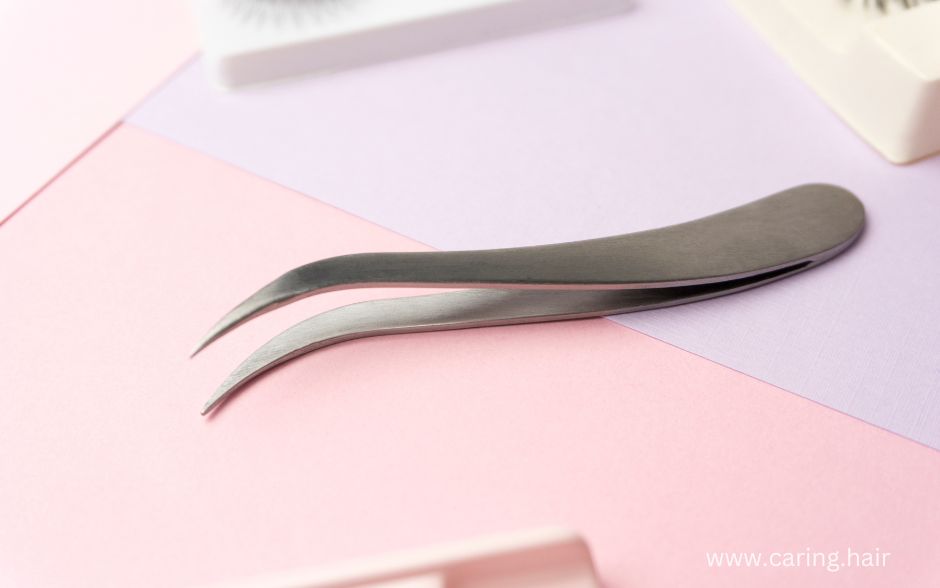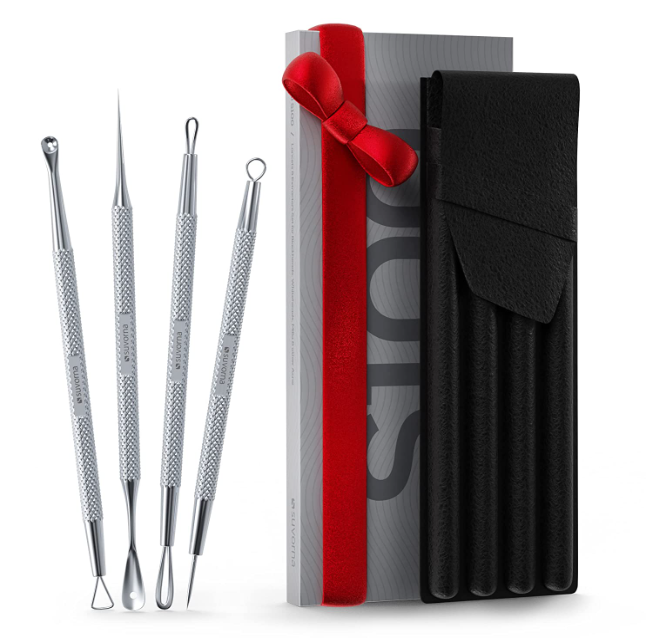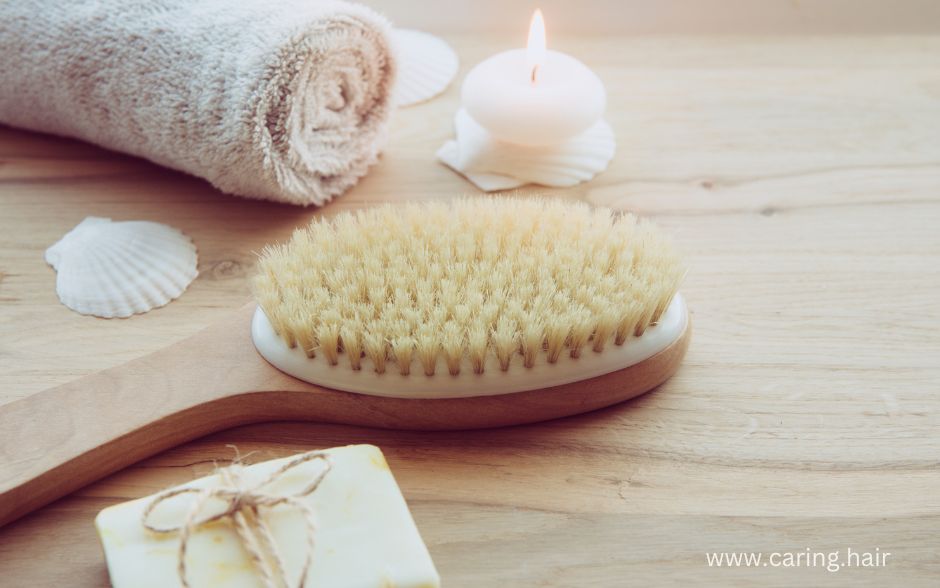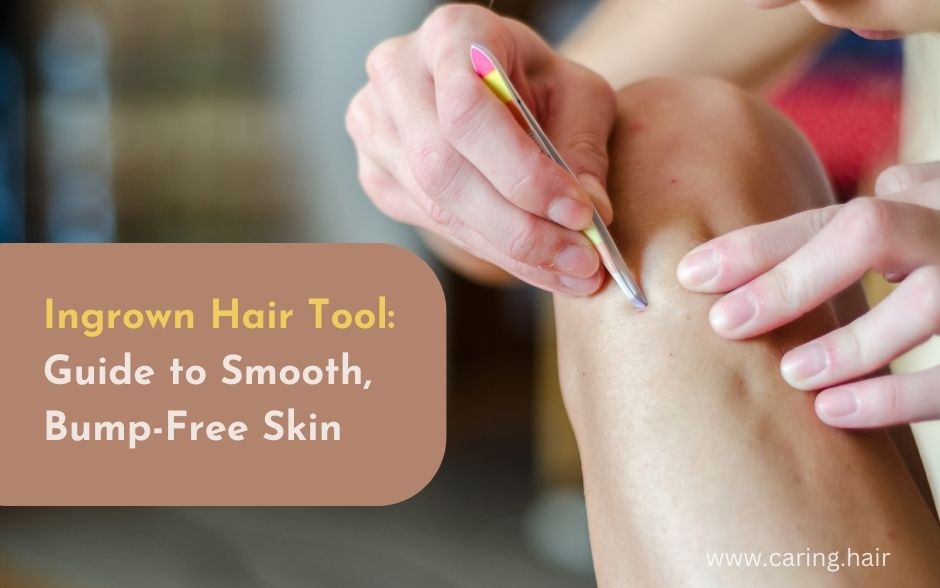Ingrown hairs can be a real pain, literally and figuratively. These pesky little bumps occur when hair curls back or grows sideways into the skin instead of coming out of the hair follicle. They are not only unsightly, but they can also be painful and even lead to infection if left untreated. Fortunately, ingrown hair tools can help you get rid of them and achieve smooth, bump-free skin. In this article, we’ll cover everything you need to know about ingrown hair tools, including what they are, how to use them, and which ones are the best for your skin type.
What is an Ingrown Hair Tool?
An ingrown hair tool is a small tool designed to help remove ingrown hairs. It can be made of various materials such as stainless steel or plastic and comes in different shapes and sizes. The main purpose of this tool is to help release the ingrown hair from the skin without causing further irritation or damage.
Why Use an Ingrown Hair Tool?
Ingrown hairs can be stubborn and difficult to remove, especially if they are deep-rooted. Using an ingrown hair tool can make the process easier and more efficient. It can also help prevent infection and scarring by safely removing the ingrown hair from the skin.
Types of Ingrown Hair Tools
There are several types of ingrown hair tools available in the market. Let’s take a look at the most popular ones.
Tweezers

Tweezers are the most common type of ingrown hair tool. They come in various shapes and sizes, including pointed, slanted, and flat. Pointed tweezers are the best for precision work, while slanted tweezers are better for larger areas. Flat tweezers are great for removing hair from hard-to-reach places such as the bikini area.
Needles

Ingrown hair needles are small, sharp tools designed to lift the ingrown hair out of the skin. They are particularly useful for ingrown hairs that are deep-rooted and hard to reach with tweezers. However, they require more skill and caution to use compared to tweezers.
Exfoliating Brushes

Exfoliating brushes are not technically ingrown hair tools, but they can help prevent ingrown hairs from forming in the first place. By exfoliating the skin regularly, you can remove dead skin cells that can clog hair follicles and cause ingrown hairs.
How to Use an Ingrown Hair Tool
Using an ingrown hair tool requires a bit of skill and patience. Here’s a step-by-step guide on how to do it safely and effectively.
Step-by-Step Guide
- Cleanse the affected area with warm water and mild soap to soften the skin and open up the hair follicles.
- Sterilize your ingrown hair tool with alcohol or boiling water to prevent infection.
- Use the tool to gently lift the ingrown hair out of the skin. Be careful not to push too hard or dig too deep, as this can cause further damage to the skin. 4. Once the hair is lifted out of the skin, use tweezers to pluck it out. Make sure to pull the hair out in the direction of the hair growth to avoid breaking it off.
- Apply a soothing lotion or cream to the affected area to reduce inflammation and prevent infection.
Precautions and Safety Tips
Using an ingrown hair tool can be safe and effective if done correctly, but it can also be risky if not used properly. Here are some precautions and safety tips to keep in mind.
- Always sterilize your ingrown hair tool before and after use to prevent infection.
- Do not use an ingrown hair tool if you have an active infection or open wound in the affected area.
- Be gentle when using the tool and avoid digging too deep into the skin.
- If you experience pain, bleeding, or other adverse reactions, stop using the tool immediately and consult a doctor.
Top Ingrown Hair Tools in the Market
There are many ingrown hair tools available in the market, but not all of them are created equal. Here are some of the best ingrown hair tools that you can consider.
Tweezerman Ingrown Hair Tweezer
Tweezerman Ingrown Hair Tweezer is a popular choice among beauty enthusiasts. Its pointed tip allows for precision work, and its stainless steel construction ensures durability and hygiene. It also comes with a protective cap for safe storage.
Tweezer Guru Pointed Tweezers
Tweezer Guru Pointed Tweezers are another great option for removing ingrown hairs. Its pointed tip is perfect for targeting small and stubborn ingrown hairs, and its stainless steel construction makes it easy to clean and sanitize.
Suvorna Ador Exfoliating Brush
Suvorna Ador Exfoliating Brush is a unique tool that combines exfoliation and hair removal in one. Its soft bristles gently exfoliate the skin, while its pointed tip helps lift out ingrown hairs. It’s made of natural materials and is gentle enough for all skin types.
Questions about Ingrown hair tool
Can ingrown hairs go away on their own?
Yes, in some cases, ingrown hairs may go away on their own without treatment. However, this may take some time, and the hair may continue to grow inwards, causing discomfort or infection. It’s best to treat ingrown hairs as soon as possible to avoid complications.
How do you prevent ingrown hairs?
There are several ways to prevent ingrown hairs, such as exfoliating regularly, avoiding tight clothing, using a sharp razor, and shaving in the direction of hair growth. You can also use products like salicylic acid or tea tree oil to prevent ingrown hairs.
Can you use an ingrown hair tool on any part of the body?
Yes, you can use an ingrown hair tool on any part of the body, but be cautious when using it on sensitive areas like the face or genitals. Follow the instructions carefully and be gentle when using the tool to avoid causing further damage.
Is it safe to use an ingrown hair tool on sensitive skin?
Yes, it’s safe to use an ingrown hair tool on sensitive skin, but be sure to choose a tool that is gentle and designed for sensitive skin. Avoid using the tool if you have an active infection or open wound in the affected area.
Can men use ingrown hair tools for facial hair?
Yes, men can use ingrown hair tools for facial hair, but they should be careful when using it around the beard area. Follow the instructions carefully and be gentle when using the tool to avoid causing irritation or injury.
